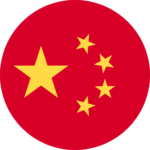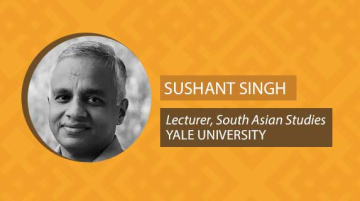There was a glimmer of hope last month that China and India would pull back from their increasingly contentious standoff when military commanders concluded talks along their disputed border on a somewhat optimistic note. The hope was that these talks would pave the way for leaders from both countries to meet while they were together at the BRICS summit in Johannesburg.
Chinese President Xi Jinping and Indian Prime Minister Narendra Modi did meet briefly in South Africa but it did nothing to stall the downward spiral in relations between the two Asian powers.









